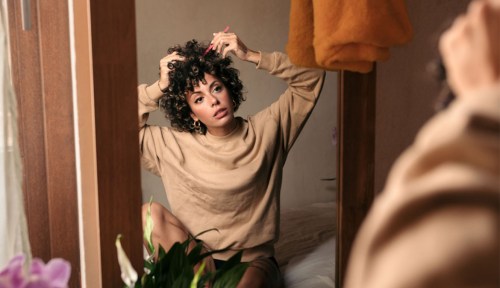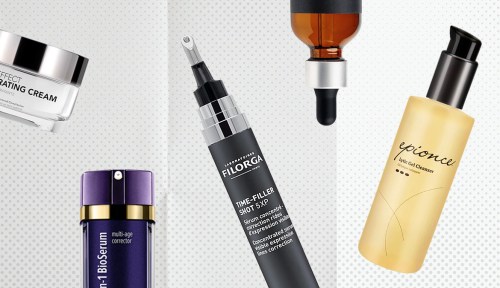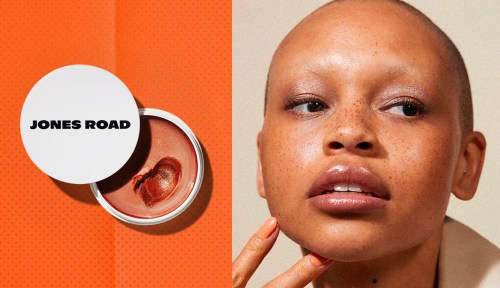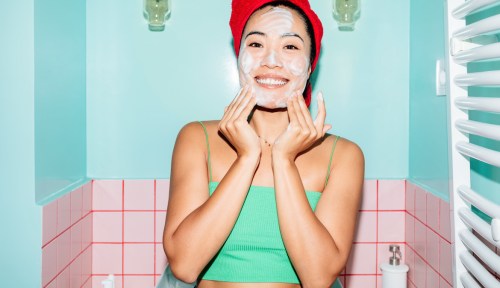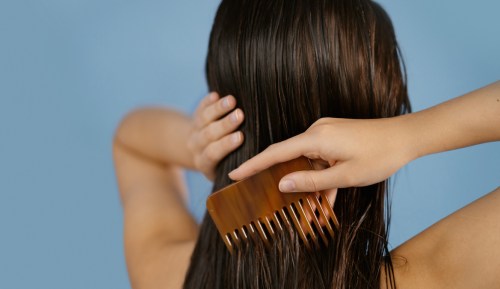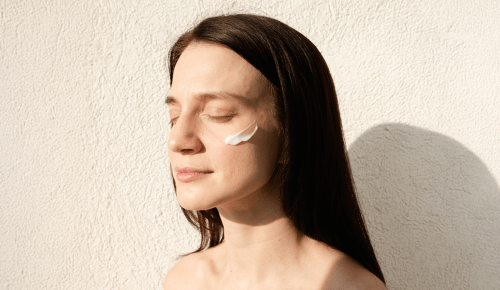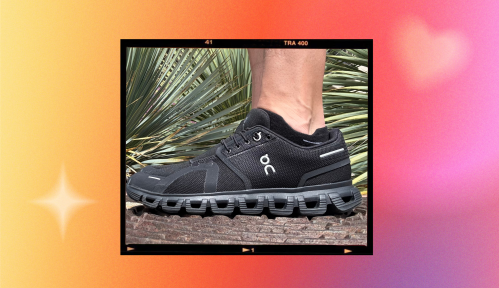Our editors independently select these products. Making a purchase through our links may earn Well+Good a commission
With so many great products on the market, it can be easy (and very tempting) to do all of the things to your hair on a regular basis. But while we all love our shampoos/conditioners/masks/treatments/styling products/dry shampoos, overdoing it on certain formulas can have some not-so-great consequences for the overall health and appearance of your hair.
Experts in This Article
co-founder and chief science officer at hair-care brand Function of Beauty
board-certified dermatologist
cosmetic chemist and founder of Éclat Naturals
cosmetic chemist and the vice president of research and development at Frederici Brands
As any stylist will tell you, your hair is only as healthy as your scalp. And when your scalp isn’t able to properly “breathe”—meaning that it’s covered in follicle-clogging product buildup—you’re pretty much guaranteed to see the effects on your strands in the form of dryness, dullness, breakage, and overall blah-looking hair.
To remedy these concerns, cosmetic chemist Javon Ford recommends treating your scalp to a “reset”—or deep, clarifying clean—which will help get things back on track. “It’s always good to reset the hair and scalp every so often,” he says. Keep scrolling for what you need to know about the process.
3 tell-tale signs its time to reset your scalp
1. You use a lot of styling products
“If you’re someone who doesn’t use very much product, then your scalp is probably just fine,” says Ivy Lee, MD, a board-certified dermatologist in Pasadena, California. “But if someone uses a lot of products—for example they use shine shampoos that are oil-based or dimethicone based, and then they also use a dry shampoo and they use a conditioner and then a leave-in conditioner with additional styling products—they probably need to think about decreasing the residue or simplifying their hair-care regimen.”
2. Your shampoo contains styling agents
When you regularly use shampoos that do more than just cleanse—like formulas that smooth, thicken, shine, or condition—your scalp might not be getting as clean as you think. According to cosmetic chemist Joseph Cincotta, PhD, these shampoos contain ingredients that are “engineered” to stay on the hair after rinsing, like gums and silicones, which can be bad for your hair if they aren’t properly rinsed off.
“These ingredients, such as silicones, conditioning gums, and conditioning polymers, are big molecules and have a positive charge,” says Dr. Cincotta, chief chemist at Colorwow. “And the hair has an inherent negative charge so that positive charge attracts to the hair and doesn’t fully rinse off at the end of the shampoo…These materials that are engineered to stay behind are not only staying behind on your hair to make it shinier, to defrizz it, to thicken it, whatever effect that you’re searching for, but they’re also attaching to the skin.”
When these films are left behind on the scalp and never removed, your scalp can get angry. Worst case scenario, “You can get itchy breakouts on your scalp that can eventually get infected if you scratch them, and then it could cause the follicles to get infected, and you could start shedding hair,” says Dr. Cincotta.
3. You’re getting conditioner on your scalp
While shampoo is for your scalp and hair, conditioner is strictly for your strands.
“That’s because conditioners are actually very irritating to skin,” says Dr. Cincotta. “People don’t realize it, but conditioners have quats, or cationic positively charged molecules, in them that are more irritating than the shampoo ingredients. If you leave conditioner on your scalp, you’re going to get irritation.”
The same goes for any cleansing conditioners like co-washes, lo-poos, and no-poos. Although they’re meant to “cleanse,” you can’t wash your hair with conditioner. Instead, use these in-between shampooing when you want to refresh your hair without fully shampooing (for example, your hair is super sweaty but you just shampooed yesterday).
“Regardless of what you’re using, conditioners are meant to build up, that’s how they work,” says Ford. “They’re like the fabric softeners of the hair-care world. Fabric softeners, if not used sparingly, will damage your dryer. If you just keep building on conditioner and don’t have a shampoo that removes the conditioning agent, it’ll weigh the hair down. It might clog some pores.”
How to give yourself a scalp reset
A proper scalp reset starts with a simple, non-styling shampoo, says Dr. Cincotta, which will help give your hair the deep clean it needs. He suggests incorporating a product like Color Wow Color Security Shampoo ($24), which is designed to leave behind zero residues. Then, you can follow up with styling ingredients in your conditioning step or styling products, or use your regular (styling) shampoo for a second lather.
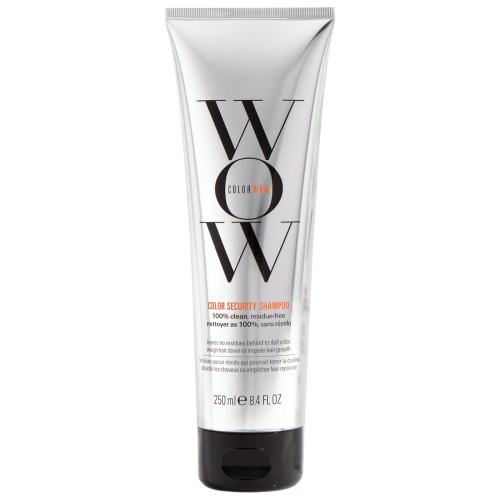
Color Wow Color Security Shampoo — $24.00
You can use a clarifying shampoo, like the Olaplex No. 4C Bond Maintenance Clarifying Shampoo ($30), to help get rid of buildup.
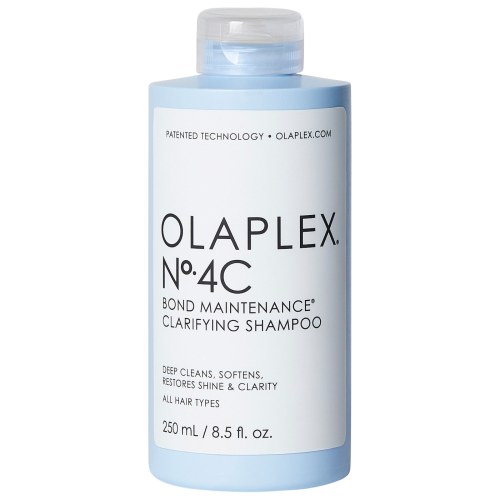
Olaplex No. 4C Bond Maintenance Clarifying Shampoo — $30.00
And in the long run, do your best to keep your conditioner and styling products away from your scalp. This can be really tricky if you have short or tightly coiled hair, or if you use a lot of spray products, but be mindful and resist the urge to massage these products into your scalp.
Want even more beauty intel from our editors? Follow our Fineprint Instagram account for must-know tips and tricks.
Sign up for the Well+Good SHOP Newsletter
Get exclusive deals on wellness, beauty, fitness, and food products that have been hand-picked by our editors.
Got it, you've been added to our email list.
